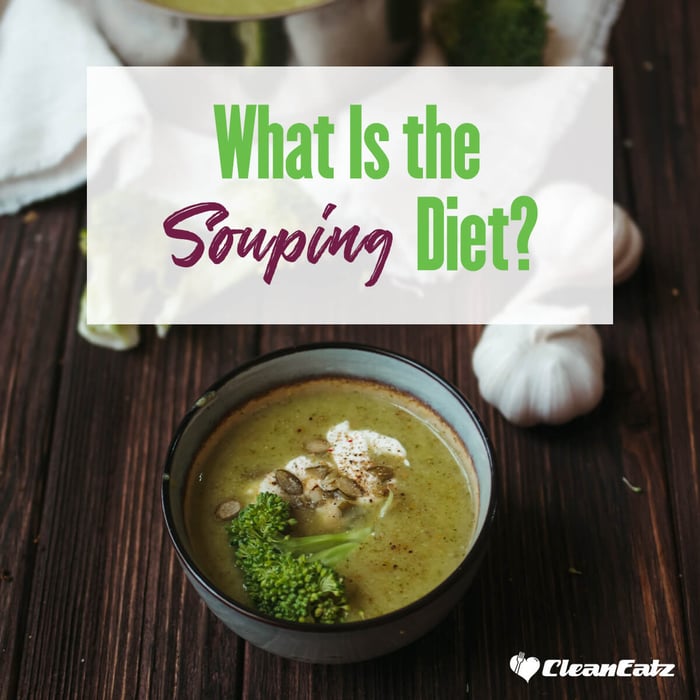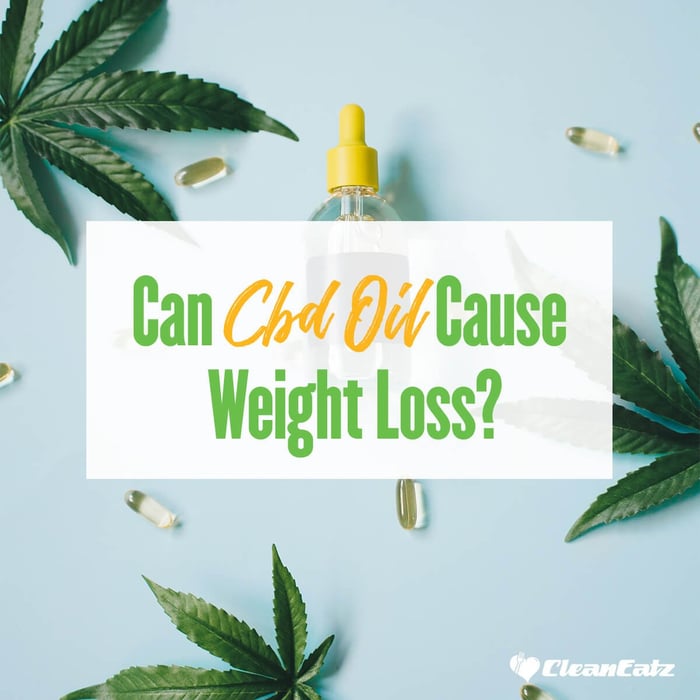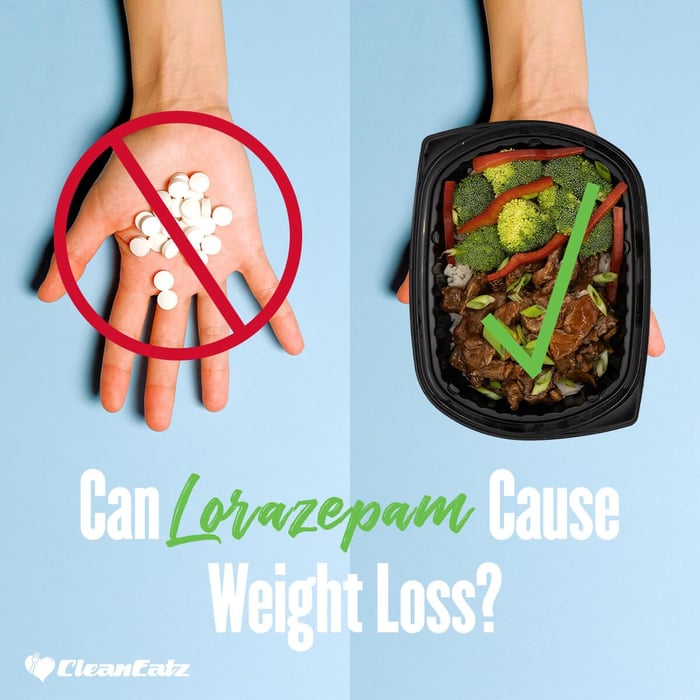What Is the Gwyneth Paltrow Diet?

Nutrition
|
Weight Loss
|
Healthy Lifestyle
09/11/2025 8:46am
8 minute read
Quick Answer: The Gwyneth Paltrow diet is a clean-eating, plant-forward approach that emphasizes whole foods—vegetables, fruits, legumes, whole grains, nuts, seeds, and healthy fats—while limiting sugar, gluten, dairy, pork, fast food, and heavily processed items. Some versions include small amounts of lean poultry or fish. It's often paired with wellness practices like yoga, meditation, and stress management.
Table of Contents
What Is the Gwyneth Paltrow Diet?
Let's get one thing straight: the Gwyneth Paltrow diet isn't a fad diet with a catchy name and rigid meal plan. It's more of a lifestyle approach to eating that prioritizes whole, minimally processed foods while limiting ingredients that many people find inflammatory or hard to digest.
The core philosophy? Fill your plate with plants—lots of vegetables, legumes, whole grains, nuts, and seeds—while cutting back on (or eliminating) added sugars, gluten, dairy, and ultra-processed foods. Some versions include moderate amounts of high-quality fish or poultry, while others lean fully plant-based.
What sets this apart from generic "clean eating" is its explicit focus on eliminating potential inflammatory foods and pairing dietary changes with mindfulness practices like yoga, meditation, and stress management. It's about nourishing your body while also considering your mental and emotional well-being.
What to Eat on This Diet
Here's what fills your shopping cart and your plate:
Vegetables (Unlimited)
This is where the magic happens. Load up on leafy greens (kale, spinach, collard greens), cruciferous vegetables (broccoli, cauliflower, Brussels sprouts), and colorful root vegetables (beets, sweet potatoes, carrots). These provide fiber, vitamins, minerals, and antioxidants while keeping calories low.
Legumes & Beans
Black beans, chickpeas, lentils, and cannellini beans become your protein powerhouses. A cup of cooked lentils delivers about 18 grams of protein and 15 grams of fiber—perfect for keeping you full and supporting digestion.
Whole Grains
Quinoa, brown rice, wild rice, buckwheat, and oats replace refined grains. These provide sustained energy and essential B vitamins. If you're avoiding gluten, stick to naturally gluten-free options like quinoa and rice.
Nuts, Seeds & Healthy Fats
Almonds, walnuts, chia seeds, flaxseeds, hemp seeds, olive oil, and avocado provide healthy fats that support hormone production, brain health, and satiety. A quarter cup of almonds has about 7 grams of protein and 4 grams of fiber.
Optional: High-Quality Protein
If you include animal protein, choose organic poultry and wild-caught fish. Think grilled chicken breast, salmon, or cod—prepared simply without heavy sauces or breading.
What to Avoid
The diet typically eliminates or significantly limits:
- Added Sugars: Candy, cookies, sweetened beverages, and most desserts
- Gluten: Wheat, barley, rye, and products made from these grains
- Dairy: Milk, cheese, yogurt, butter (replaced with plant-based alternatives)
- Pork & Processed Meats: Bacon, sausage, deli meats, hot dogs
- Fast Food & Ultra-Processed Items: Anything with long ingredient lists full of additives and preservatives
- Refined Grains: White bread, white pasta, white rice
Why This Approach Works
The Fiber Factor
When you build meals around vegetables, legumes, and whole grains, you're automatically increasing your fiber intake dramatically. Fiber slows digestion, keeps blood sugar stable, and helps you feel full longer—all critical for weight management. Most Americans get only 10-15 grams of fiber daily; this diet can easily deliver 35-40 grams.
Reduced Inflammation
By eliminating common inflammatory triggers like added sugars, processed foods, and (for some people) gluten and dairy, many followers report less bloating, better digestion, and improved energy. While gluten and dairy aren't inherently "bad" for everyone, removing them temporarily can help you identify whether they cause issues for you personally.
Nutrient Density Without Calorie Overload
Here's the thing: when you fill your plate with vegetables, legumes, and whole grains instead of pizza, pasta, and processed snacks, you naturally consume fewer calories while getting more vitamins, minerals, and antioxidants. A massive salad with chickpeas and olive oil dressing might be 400 calories, while keeping you full for hours. That same satiety from a fast-food meal could cost you 1,200+ calories.
Sample Meal Ideas
Wondering what this actually looks like on your plate? Here are some practical examples:
Breakfast: Veggie scramble with spinach, mushrooms, and tomatoes, topped with avocado slices. Side of fresh berries. (~350 calories)
Lunch: Large kale salad with roasted sweet potato, chickpeas, pumpkin seeds, and lemon-tahini dressing. (~450 calories)
Dinner: Cauliflower rice bowl with black beans, sautéed peppers and onions, salsa, and guacamole. (~400 calories)
Snacks: Apple slices with almond butter, carrot sticks with hummus, or a handful of mixed nuts. (~150-200 calories each)
If you include animal protein, you might add grilled chicken to your salad or wild-caught salmon over quinoa with roasted broccoli.
Want meals that follow this clean, plant-forward philosophy without the prep work? Our Weight Loss Meal Plan features portion-controlled meals under 500 calories with at least 20g of protein each. Or customize your own selections with our Build Your Meal Plan option—just pick from 30+ chef-prepared meals.
How to Get Started (Without Going Crazy)
Don't try to transform your entire diet overnight. That's a recipe for burnout. Instead:
Week 1-2: Start with one meat-free meal per day. Swap your usual lunch for a big vegetable-packed salad or bean-based soup.
Week 3-4: Replace refined snacks with whole food options. Trade chips for hummus and veggies, cookies for fruit and nuts.
Week 5-6: Experiment with dairy alternatives. Try oat milk in your coffee, cashew cheese on salads, or coconut yogurt with berries.
Week 7+: If you want to test gluten elimination, start replacing wheat-based foods with gluten-free alternatives or naturally gluten-free grains. Check out our Gluten-Free Diet for Beginners guide for specific tips.
Looking for more plant-based inspiration? Our 10 Vegetarian Dinner Ideas post has practical recipes that fit this eating style perfectly.
Common Mistakes to Avoid
1. Not Eating Enough Protein: Just because you're cutting dairy and potentially meat doesn't mean you can skimp on protein. Aim for 20-30g per meal from legumes, nuts, seeds, and optionally fish or poultry.
2. Replacing Dairy and Gluten with Junk: Gluten-free cookies are still cookies. Focus on whole foods first, not just "free-from" packaged alternatives.
3. Going Too Restrictive Too Fast: Eliminating six food groups overnight usually backfires. Take it slow and personalize based on how you feel.
4. Not Planning Ahead: Without meal prep or a backup plan, you'll end up hungry and reaching for whatever's convenient. Meal planning is your friend here.
5. Ignoring Your Body's Signals: If you feel tired, weak, or constantly hungry, you're probably not eating enough. Add more protein and healthy fats, and don't fear carbs from whole grains and vegetables.
Frequently Asked Questions
What foods can you eat on the Gwyneth Paltrow diet?
The diet emphasizes vegetables (especially leafy greens and cruciferous varieties), legumes, whole grains, nuts, seeds, healthy fats like olive oil and avocado, and optionally small amounts of organic poultry or fish. Dairy alternatives like almond or oat milk are commonly used.
What foods are avoided on the Gwyneth Paltrow diet?
The diet typically limits or eliminates added sugars, gluten-containing products, dairy (in most versions), pork, fast food, and heavily processed items.
Is the Gwyneth Paltrow diet good for weight loss?
Many people experience weight loss on this diet due to the emphasis on whole foods, vegetables, and elimination of processed foods and added sugars. However, results vary by individual and depend on overall calorie intake and lifestyle factors.
Is this diet too restrictive?
It can feel restrictive at first, especially if you're used to eating dairy, gluten, and processed foods regularly. The key is personalizing it to your needs and starting gradually rather than eliminating everything at once.
Can I get enough protein on a plant-forward diet?
Absolutely. Legumes, nuts, seeds, whole grains, and optionally fish or poultry provide plenty of protein. A cup of lentils has about 18g of protein, and a serving of chicken breast provides 25-30g.
Do I have to eliminate gluten and dairy completely?
Not necessarily. While the traditional approach limits these foods, you can adapt the diet to your needs. If you don't have allergies or sensitivities, you might include small amounts of high-quality dairy or gluten-containing whole grains.
The Bottom Line
The Gwyneth Paltrow diet is essentially a whole-food, plant-forward eating pattern that eliminates common inflammatory foods and ultra-processed items. It's not magic, but it works for many people because it naturally reduces calorie intake while maximizing nutrient density.
The biggest keys to success? Personalize it to your needs, start slowly, plan ahead, and don't stress about perfection. If you want the benefits of clean eating without hours of meal prep, explore our meal plan options—we've done the planning, prepping, and portioning for you.
Remember: the best diet is the one you can actually stick with. If eliminating gluten and dairy feels overwhelming, start with just adding more vegetables and cutting back on processed foods. Small, sustainable changes beat all-or-nothing approaches every time.



